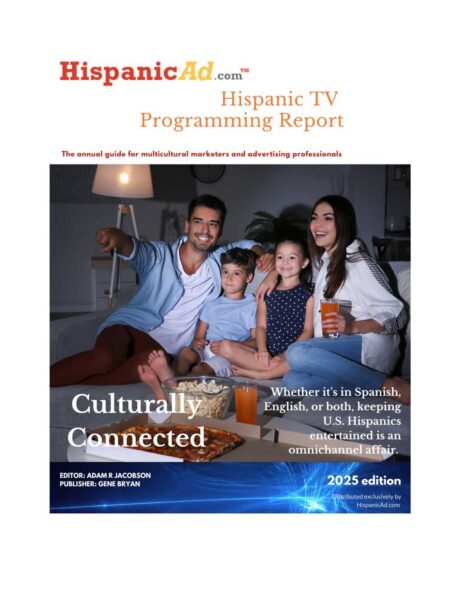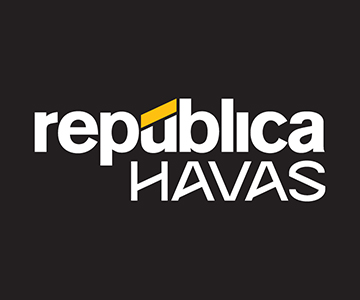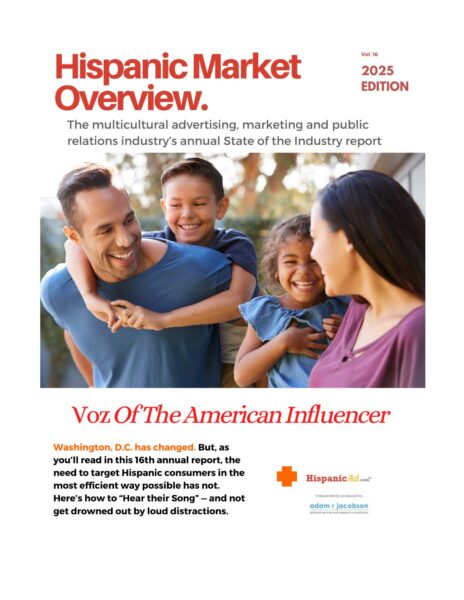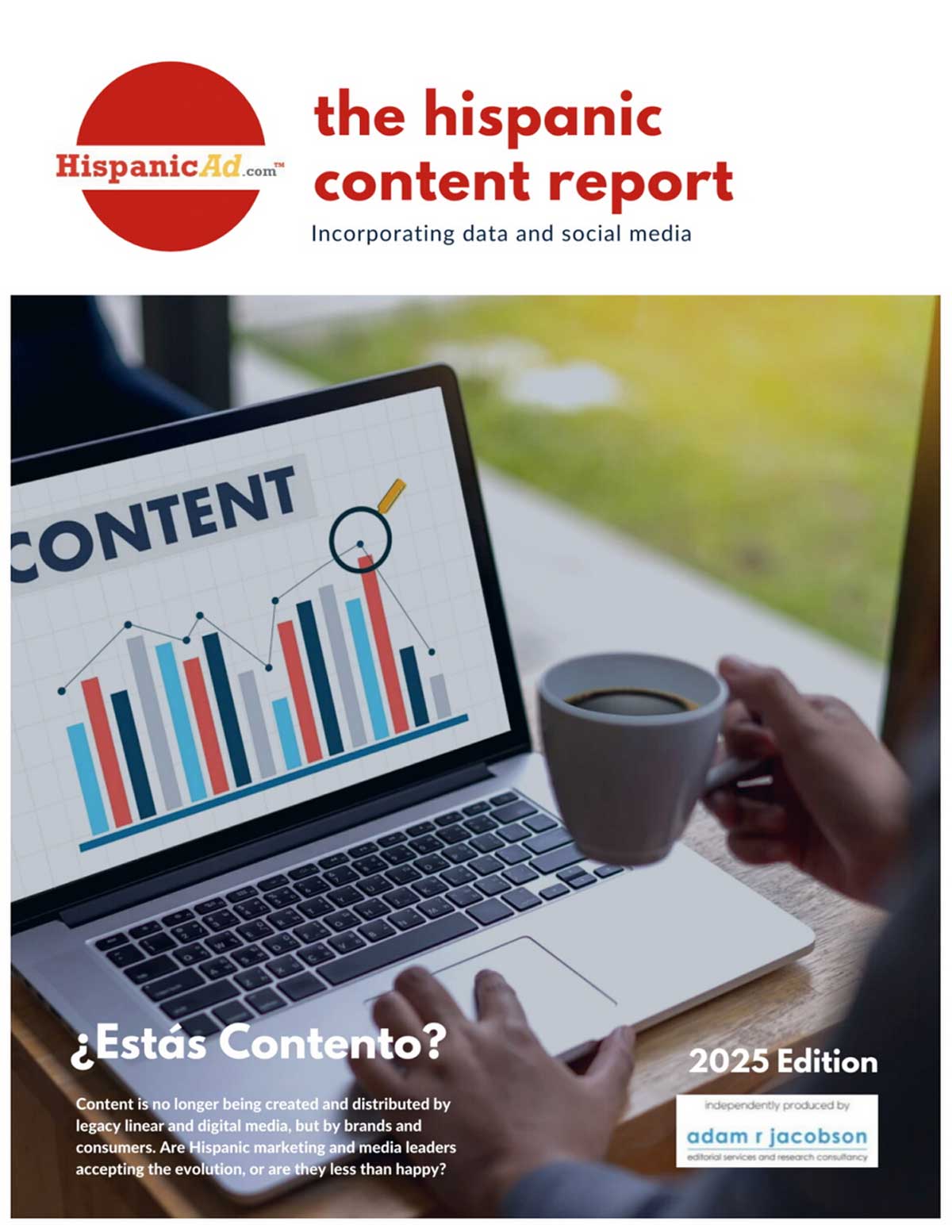 Of the many challenges facing marketers and publishers these days, few are more critical than the need to connect with millennials, a generation now on the verge of two major milestones.
Of the many challenges facing marketers and publishers these days, few are more critical than the need to connect with millennials, a generation now on the verge of two major milestones.
Marketing
Defining Quality in the Age of Fragmentation
Managing Agency Relations: Five Tips for Efficiency and Transparency
 The partnerships between clients and agencies can often be fraught with opacity, distrust, and inefficiency.
The partnerships between clients and agencies can often be fraught with opacity, distrust, and inefficiency.
Teens’ Social Media Habits and Experiences [REPORT]
![]() Teens credit social media for helping to build stronger friendships and exposing them to a more diverse world, but they express concern that these sites lead to drama and social pressure
Teens credit social media for helping to build stronger friendships and exposing them to a more diverse world, but they express concern that these sites lead to drama and social pressure
Media Pitch Practices – Shortcomings of Current Pitch Process [REPORT]
 A new study, released by ID Comms in partnership with the 4A’s, reveals that US advertisers are likely failing to get the best responses from potential media agency partners due to a failure of brands sufficiently defining what they are looking for, and refusing to share details around the selection process.
A new study, released by ID Comms in partnership with the 4A’s, reveals that US advertisers are likely failing to get the best responses from potential media agency partners due to a failure of brands sufficiently defining what they are looking for, and refusing to share details around the selection process.
Rebate Marketing Basics
 Who doesn’t love the promise of “found money?” That’s the basic idea behind rebates, and it’s one reason why they can be so effective in both the B2C and B2B realms, regardless of whether the promised money is found or not.
Who doesn’t love the promise of “found money?” That’s the basic idea behind rebates, and it’s one reason why they can be so effective in both the B2C and B2B realms, regardless of whether the promised money is found or not.
What Truly Motivates Customer Loyalty? [PODCAST]
![]() In the latest episode of “Behind the Numbers,” eMarketer analyst Lauren Fisher is joined in the studio by digital strategist Chris Lundquist for a conversation about consumers’ view of loyalty and what the major motivators are for building that loyalty.
In the latest episode of “Behind the Numbers,” eMarketer analyst Lauren Fisher is joined in the studio by digital strategist Chris Lundquist for a conversation about consumers’ view of loyalty and what the major motivators are for building that loyalty.
Brands need to balance short and long-term
![]() I was browsing the Kantar Media’s 2018 Dimensions report (well worth a read), when I came across a section on the need to strike a better balance between short and long-term. This seems to be a topic of increasing interest to marketers, but how do you find the right balance? by Nigel Hollis
I was browsing the Kantar Media’s 2018 Dimensions report (well worth a read), when I came across a section on the need to strike a better balance between short and long-term. This seems to be a topic of increasing interest to marketers, but how do you find the right balance? by Nigel Hollis
How to overcome five critical challenges of activating brand purpose
 By now, most marketers are aware of the importance of having a brand purpose — a clearly defined reason for a brand’s existence that goes beyond sales and profits, has a distinct societal benefit, and, at least in theory, provides a framework for every strategic business decision. Being purposeful has enabled brands like TOMS Shoes, Nike, Patagonia, Airbnb, and other leading brands to gain a market advantage — and oodles of positive buzz — in a business era defined by the collision of social media and social consciousness.
By now, most marketers are aware of the importance of having a brand purpose — a clearly defined reason for a brand’s existence that goes beyond sales and profits, has a distinct societal benefit, and, at least in theory, provides a framework for every strategic business decision. Being purposeful has enabled brands like TOMS Shoes, Nike, Patagonia, Airbnb, and other leading brands to gain a market advantage — and oodles of positive buzz — in a business era defined by the collision of social media and social consciousness.
Why DTCD (Direct-To-Consumer DATA) Is Secret To DTC Success
 Luma Partners’ Terry Kawaja had quite the provoking title for his presentation at the recent Association of National Advertisers’ Masters of Marketing Conference: “Fire Your CMO.”
Luma Partners’ Terry Kawaja had quite the provoking title for his presentation at the recent Association of National Advertisers’ Masters of Marketing Conference: “Fire Your CMO.”
How Media Consumption Varies Around the World [PODCAST]
![]() In the latest episode of “Behind the Numbers,” eMarketer’s Karin von Abrams and GlobalWebIndex’s chief research officer, Jason Mander, highlight key data from the new Global Media Intelligence report.
In the latest episode of “Behind the Numbers,” eMarketer’s Karin von Abrams and GlobalWebIndex’s chief research officer, Jason Mander, highlight key data from the new Global Media Intelligence report.
Media Buying
 Increasingly, brands are opting to buy digital media through programmatic means, and the sharp uptick in adoption of this model is causing disruption among brands and agencies alike.
Increasingly, brands are opting to buy digital media through programmatic means, and the sharp uptick in adoption of this model is causing disruption among brands and agencies alike.
Hispanic Market Overview 2018 [REPORT] – DOWNLOAD for FREE
 HispanicAd.com in association with Adam R Jacobson are proud to announce the availability of the 2018 Hispanic Market Overview.
HispanicAd.com in association with Adam R Jacobson are proud to announce the availability of the 2018 Hispanic Market Overview.
To download click on image or CLICK HERE.
Univision Creator Network Signs Latina Beauty Creator KathleenLights
 Univision Creator Network (UCN) announced the signing of YouTube beauty creator Kathleen Fuentes, KathleenLights.
Univision Creator Network (UCN) announced the signing of YouTube beauty creator Kathleen Fuentes, KathleenLights.
The CMO Perspective on Trust, Quality, and Brand Safety in Advertising
 The CMO position is easily one of the most scrutinized roles in the C-suite. Often tasked with building a memorable brand, managing the company’s reputation, and deploying marketing strategies that tie back to measurable success, CMOs have a lot of responsibility. Jessica Rodriguez, president and COO, Univision Networks and Univision CMO, recently joined an Advertising Week panel that covered the current state of trust in advertising. By A.Z. Porte
The CMO position is easily one of the most scrutinized roles in the C-suite. Often tasked with building a memorable brand, managing the company’s reputation, and deploying marketing strategies that tie back to measurable success, CMOs have a lot of responsibility. Jessica Rodriguez, president and COO, Univision Networks and Univision CMO, recently joined an Advertising Week panel that covered the current state of trust in advertising. By A.Z. Porte
BrandZ Top US Brands [REPORT]
 As consumers engage with brands in more and more places, customer experience is now just as important as perceptions of innovation for growing your brand. Those brands delivering on and exceeding consumer’s expectations have grown their brand value 200% more than those that haven’t!
As consumers engage with brands in more and more places, customer experience is now just as important as perceptions of innovation for growing your brand. Those brands delivering on and exceeding consumer’s expectations have grown their brand value 200% more than those that haven’t!
DOJ Clears Holding Companies In Commercial Practices Probe
 The Department of Justice has informed five ad holding companies that it is no longer investigating any of their subsidiaries as part of a probe into commercial production practices and possible bid-rigging that began in 2016.
The Department of Justice has informed five ad holding companies that it is no longer investigating any of their subsidiaries as part of a probe into commercial production practices and possible bid-rigging that began in 2016.
ANA Launches Center For Brand Purpose
 The ANA (Association of National Advertisers) announced the launch of a new initiative designed to fuel business growth by helping marketers create purpose-driven, strategic programs and solutions for their products and services.
The ANA (Association of National Advertisers) announced the launch of a new initiative designed to fuel business growth by helping marketers create purpose-driven, strategic programs and solutions for their products and services.
Protecting Customer Data Is a Top Challenge for CMOs
![]() Last week, HSBC Bank confirmed that someone hacked its customer data. These kinds of incidents continue to frequently pop up in the news and are emblematic of what stresses CMOs in a data-driven world.
Last week, HSBC Bank confirmed that someone hacked its customer data. These kinds of incidents continue to frequently pop up in the news and are emblematic of what stresses CMOs in a data-driven world.
Media Buying 2018 — Transparency at a Crossroads [REPORT]
 The transparency debate and distrust between advertisers and media buying agencies has been a topic in C-suites since Jon Mandel’s 2015 speech at the Association of National Advertisers’ (ANA) annual media conference, yet ANA’s work on transparency dates back to at least 2011. Interest took a new, unprecedented turn on October 10, 2018 when the ANA notified its members that the U.S. Federal Bureau of Investigation (FBI) asked the ANA to inform its members about the investigation and to ask its members to consider cooperating with the FBI investigation if they believed they might have been defrauded by their agencies.
The transparency debate and distrust between advertisers and media buying agencies has been a topic in C-suites since Jon Mandel’s 2015 speech at the Association of National Advertisers’ (ANA) annual media conference, yet ANA’s work on transparency dates back to at least 2011. Interest took a new, unprecedented turn on October 10, 2018 when the ANA notified its members that the U.S. Federal Bureau of Investigation (FBI) asked the ANA to inform its members about the investigation and to ask its members to consider cooperating with the FBI investigation if they believed they might have been defrauded by their agencies.
Filling the Data Consultancy Vacuum
 The advertiser community needs help dealing with the vast quantities of data generated not only from third parties (like social media platforms and the audience measurement organizations) but also from their own first-party data-sets. It’s one reason why advertisers are increasingly taking what used to be perceived as media agency tasks in-house.
The advertiser community needs help dealing with the vast quantities of data generated not only from third parties (like social media platforms and the audience measurement organizations) but also from their own first-party data-sets. It’s one reason why advertisers are increasingly taking what used to be perceived as media agency tasks in-house.



























